Attending and chairing the conference at the Hanoi bridge point were Deputy Minister Nguyen Quoc Tri and Director of the Forestry Department Tran Quang Bao.
At the conference, Mr. Trieu Van Luc, Deputy Director of the Forestry Department, said: Statistics up to 4:00 p.m. on September 23 showed that 13 provinces and cities suffered forest damage with an area of nearly 170,000 hectares. This area does not include the area of natural forests that were eroded or slid. Of which, the four localities with the most severe damage were: Quang Ninh (over 110,000 hectares), Bac Giang (over 26,000 hectares), Lang Son (nearly 20,000 hectares), Hai Phong (over 10,000 hectares).
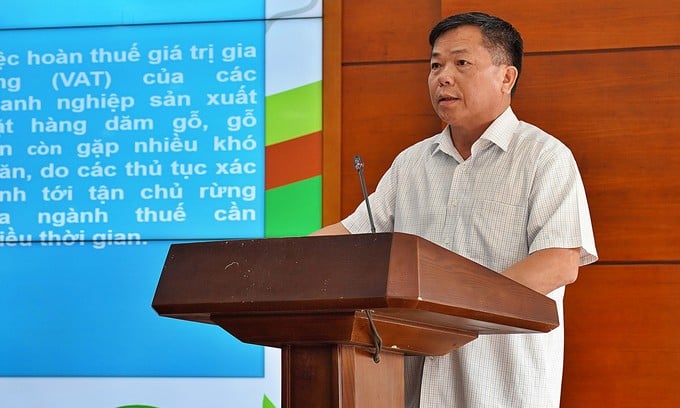 |
| Mr. Trieu Van Luc, Deputy Director of the Forestry Department, presented a report at the conference. (Photo: Bao Thang) |
Currently, localities have no official statistics on damaged wood and forestry processing enterprises. However, through preliminary statistics, storm No. 3 mainly caused damage to enterprises in the northern mountainous provinces. Most plywood, panel and peeled board enterprises in the northern mountainous provinces have factories that are not solidly built, so when the storm hit, their roofs were blown off, and after the storm, floods caused landslides. It is estimated that about 200 enterprises suffered damage, with a total amount of about 40 billion VND.
Mr. Luc predicted that in the coming time, the supply of raw wood in the wood processing industry will be affected. Specifically, nearly 12 million cubic meters of raw wood (small wood) will be damaged.
The costs of harvesting and transporting fallen trees are difficult and expensive, while the value of raw wood from fallen trees decreases. The supply chain of raw wood tends to decrease. Wood chip, plywood and plywood businesses suffer damage to machinery, equipment, products and infrastructure. It is estimated that the export value of wood chips, pellets and other types of boards in 2024 may decrease by about 300 million USD.
Many forestry projects were also affected by storm No. 3. Among them, the forestry modernization and coastal resilience enhancement project (FMCR) was most affected in 3 localities: Quang Ninh, Hai Phong , Thanh Hoa.
Through preliminary inspection, it was determined that many areas of mangrove forests of the project had been washed away by waves and had their trees knocked down. Particularly in Quang Ninh, due to heavy rain and high tides, project staff were not able to access the site to assess and determine specific data on damage after the storm.
In Bang La ward (Do Son district), Hai Phong city inspected about 30% of the planted forest area located 1.5 - 3km from the dike with estimated damage of about 80%. Tan Thanh ward (Duong Kinh district) estimated damage from 50% to 90%.
In Thanh Hoa province, the total forest area is 395 hectares, including nearly 285 hectares of mangrove forests and more than 110 hectares of terrestrial forests. Through initial inspection and assessment, the planting area in Da Loc commune, Hau Loc district has more than 40 hectares of mangrove forests with over 70% damage.
In addition to FMCR, the project “Restoration and sustainable management of mangrove forests in the Red River Delta” (KFS), with a total investment of 4.4 million USD, implemented in Nam Dinh and Ninh Binh was also affected. However, the area of collapse and damage was insignificant.
 |
Mr. Vu Duy Van, Deputy Director of the Department of Agriculture and Rural Development of Quang Ninh. (Photo: Bao Thang) |
Deputy Director of the Department of Agriculture and Rural Development of Quang Ninh, Mr. Vu Duy Van said: The locality suffered damage mainly in planted forests. The most affected natural forest area only suffered damage of about 30%. "With more than 110,000 hectares of forest affected, Quang Ninh estimates that it can reduce the forest cover rate in the area by more than 10%," Mr. Van said.
Speaking at the conference, Deputy Minister of Agriculture and Rural Development Nguyen Quoc Tri shared: Storm No. 3 is assessed as abnormal and unusual, both in terms of the storm's path and its impact. At the same time, Storm No. 3 caused heavy rain over a wide area, causing great damage to people and property, affecting both life and production. Storm No. 3 caused severe impacts from the fisheries sector to forestry, livestock... For the forestry sector, it was affected throughout the forestry production chain, from seedlings to forest development, not only at present but also in the production cycle in the coming time.
According to Deputy Minister Nguyen Quoc Tri, this is the time to discuss solutions to determine steps to overcome current difficulties, striving to complete the set goals. At the same time, it helps forest development, forest workers and forestry workers overcome difficulties, creating momentum for recovery and sustainable development in the coming time.
Key solutions in the coming time
In order to overcome and minimize damage to forest areas caused by natural disasters, the Department of Forestry of the Ministry of Agriculture and Rural Development (MARD) has sent an official dispatch requesting the Department of Agriculture and Rural Development of the provinces in the Northern midlands and mountainous areas, and the Red River Delta to organize statistics and immediately classify the area and level of damaged forests to have appropriate solutions.
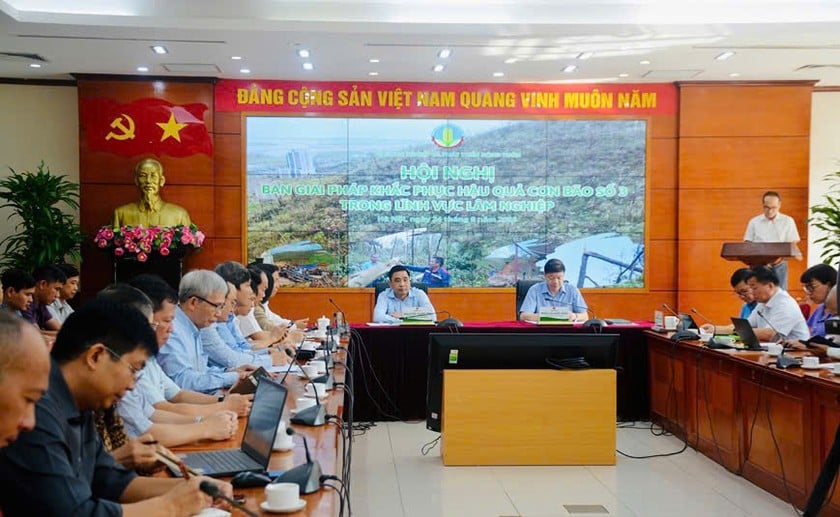 |
| Overview of the conference discussing solutions to overcome damage in the forestry sector after storm No. 3. |
Accordingly, regarding the handling and exploitation of damaged forests : For planted forests, planted forests owned by forest owners, the forest owners decide on exploitation, utilization, and harvest. After exploitation, the forest owners are responsible for replanting the forest immediately in the next season when the weather is favorable.
For production forests that are planted forests with the State as the representative owner, and protection forests that are planted forests: the organization shall assess the extent of damage, estimate the value of recovered forest products; methods and conditions for exploitation and recovery. Specifically: For heavily damaged forest areas, where forest trees are completely broken or the remaining trees do not meet the criteria for forest establishment (fallen or broken rate is more than 70%), all trees must be exploited and recovered. After exploitation and recovery, the forest owner is responsible for replanting the forest in the next season when the weather is favorable.
For lightly damaged forest areas, the remaining trees that meet the criteria for forest formation should only be harvested from fallen and broken trees. Exploitation, utilization, and harvesting should be carried out immediately after favorable weather conditions, while closely checking and monitoring the implementation to create conditions for purchasing and processing facilities in the area to purchase all exploited and harvested forest products.
Particularly for natural forests (protection, special use, production), carry out forest sanitation; collect and treat combustible materials, repair firebreaks to reduce the risk of forest fires. Apply silvicultural measures to promote natural regeneration or regeneration with additional planting to restore forests and improve forest quality.
Select tree species, restore and replant forests, organize the implementation of the National Forestry Planning, in which priority is given to reviewing and demarcating the boundaries of 3 types of forests in the field, and including areas with high slopes and landslide risks in the protective forest planning to implement afforestation measures.
Priority is given to planting native trees, multi-purpose native trees; trees with dense foliage, evergreen, developed root systems; perennial trees; trees that can withstand storms, pests and diseases; trees that grow and develop well, and have the ability to adapt to the environment.
Regarding funding sources to support damage recovery: For damaged forest areas in areas covered by forest environmental service payments, 5% of the funding as prescribed in Point d, Clause 23, Article 70 of Decree 156/2018/ND-CP dated November 16, 2018 of the Government detailing the implementation of a number of articles of the Forestry Law will be used for support.
For other damaged forest areas, use the funding source as prescribed in Clause 1, Article 7 of Decree No. 02/2017/CP dated January 9, 2017 of the Government for support.
Source: https://baophapluat.vn/tim-cach-khoi-phuc-gan-180000-ha-rung-bi-thiet-hai-nang-do-bao-so-3-post526454.html


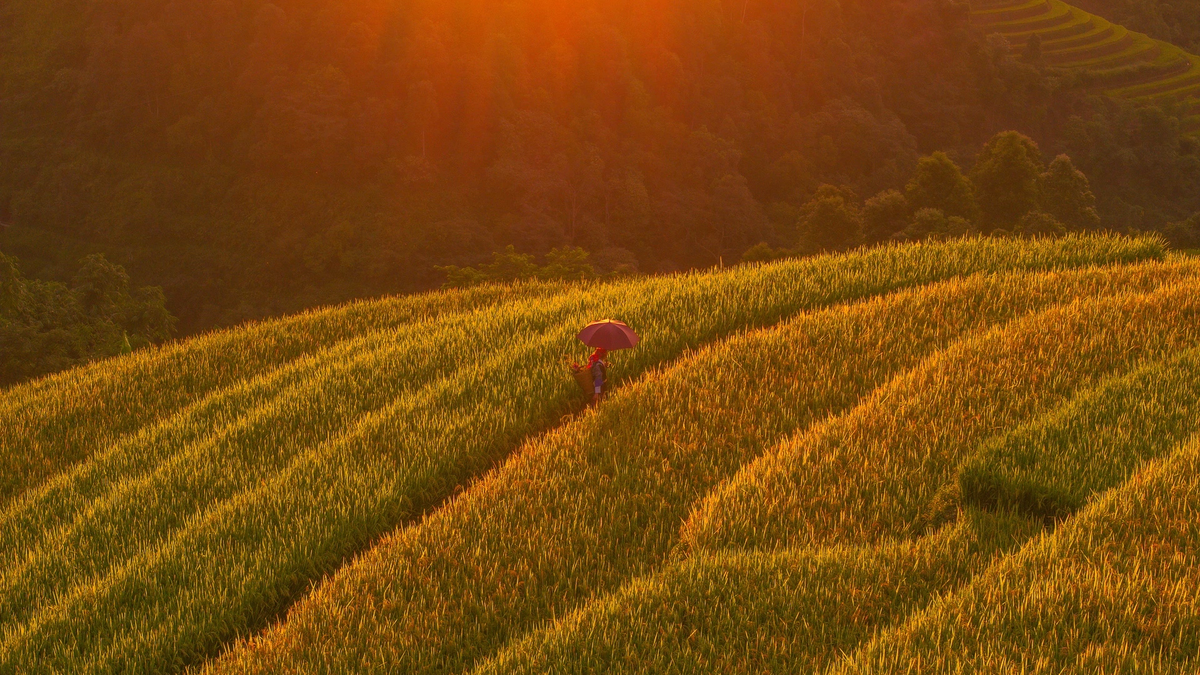


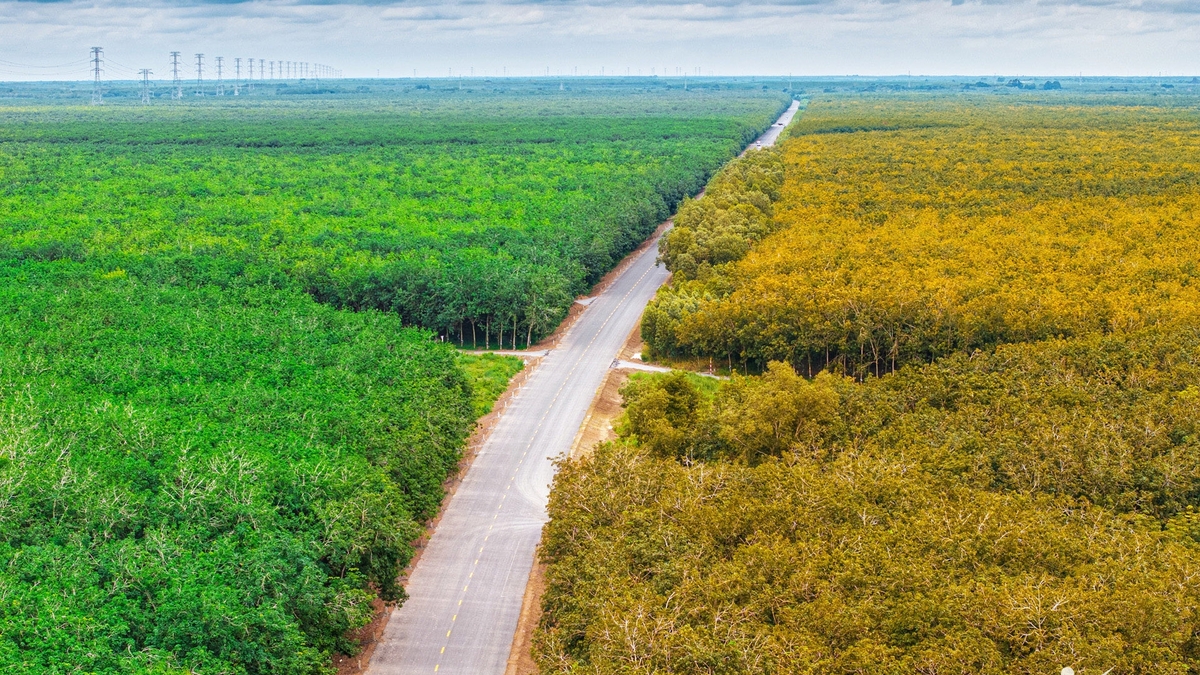








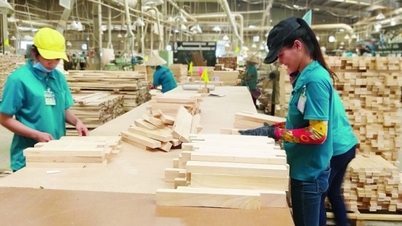



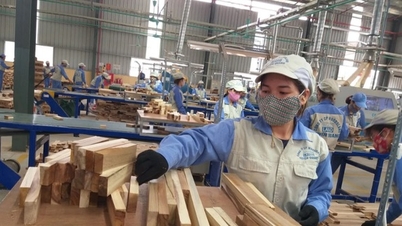















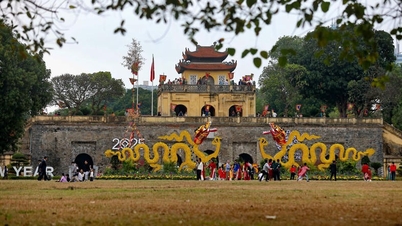

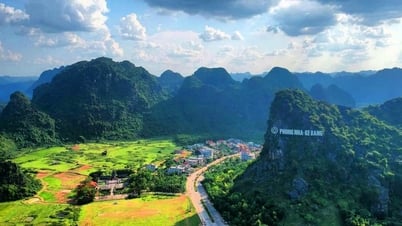








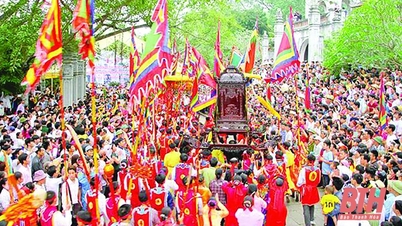

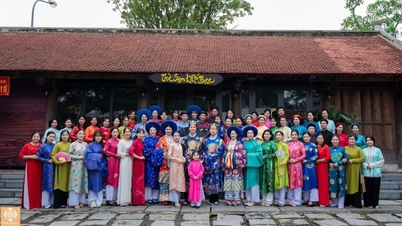
















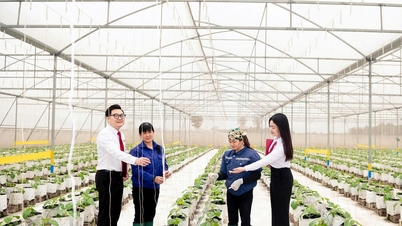

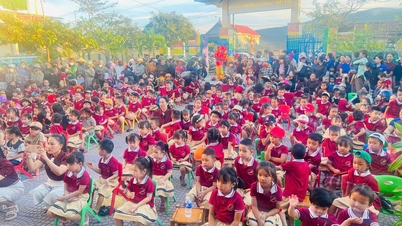



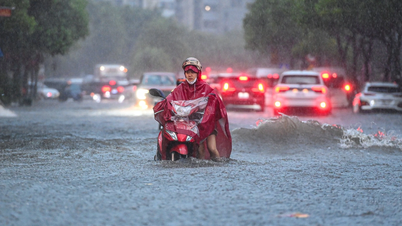



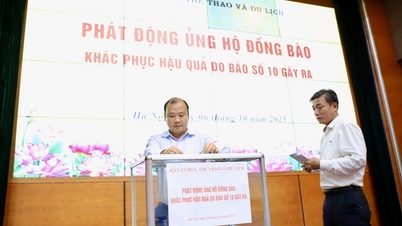





















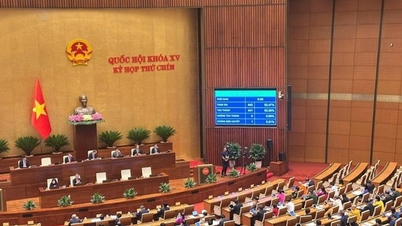









Comment (0)